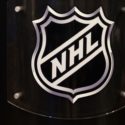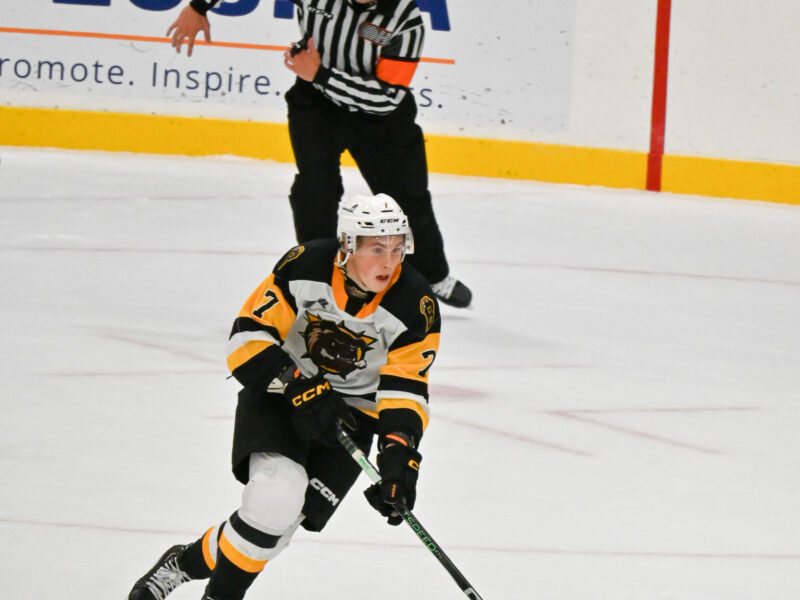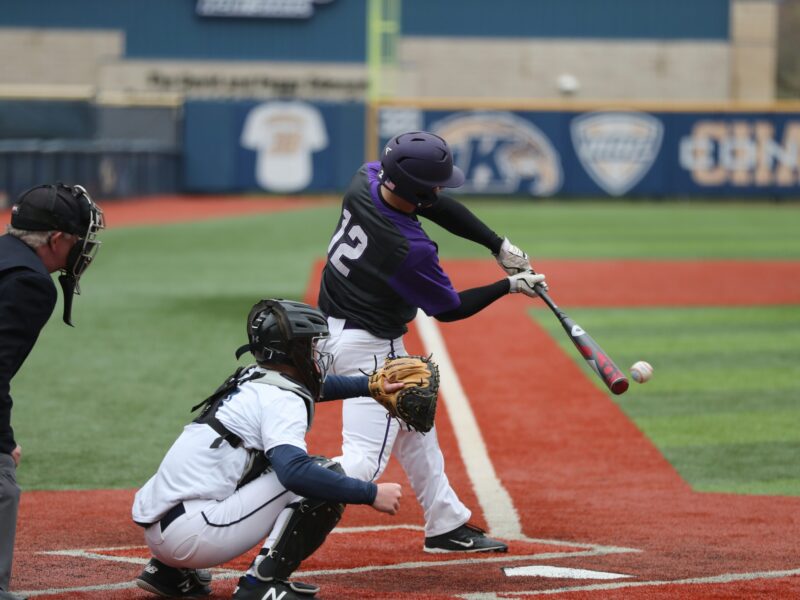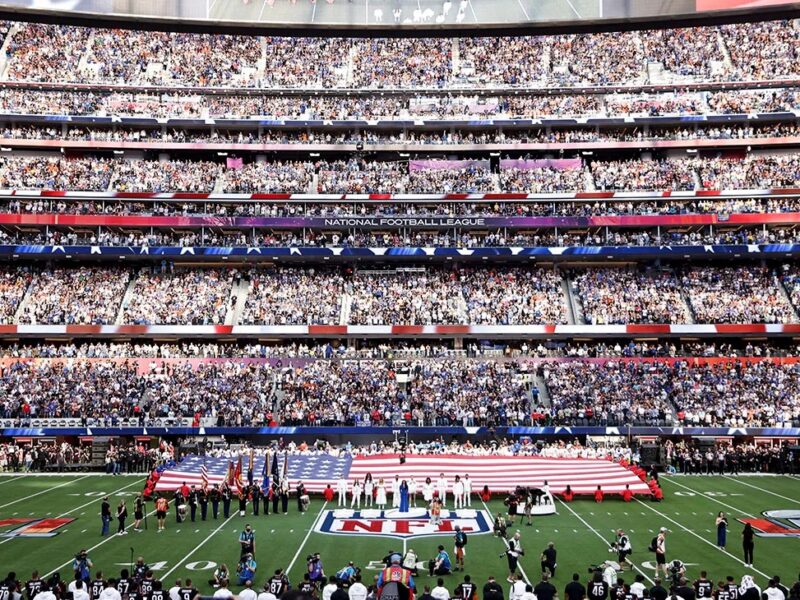The NHL has a very big issue, they are failing to pay their most marketable players properly.
One would think that these young players would be treated with the utmost respect from the league, and being treated just as equal as their older counterparts, with similar pay, and similar rights.
Unfortunately, that is not the case. In fact, it is almost the exact opposite. The design of the NHL’s current collective bargaining agreement gives the owners just about all the power over every young player.
For those who aren’t familiar, a Restricted Free Agent (RFA) is a player who has no contract, but because they are not 27 years old, or have not been in the league for seven years, their rights are under the control of the team they played for. The only way another team can sign them is if they are willing to send draft picks in return.
Look at this year’s crop of RFA’s, which saw a fair chunk of them wait until September before they signed their deals to play with their teams. Jacob Trouba, Hampus Lindholm, Rickard Rakell, Rasmus Ristolainen, Nikita Kucherov, and Johnny Gaudreau are all young, excellent players who, compared to their older peers, were deserving of much more money.
However, they got nothing even close to that. The highest paid player of that bunch is Gaudreau, who will receive $6.75 million annually. But that is not anywhere close to what he should get. As a player who finished seventh in scoring, he should be one of the highest paid players in the league. A couple of his peers in terms of scoring, Jamie Benn and Steven Stamkos, got contracts of $9.5 million and $8.5 million respectively. But Gaudreau got nothing close to that, because he has almost no control.
Jacob Trouba is another good example. Going into the season, he was sitting out because he had requested a trade. He was contempt to sit out until the Winnipeg Jets traded him so that he could get paid what he felt he deserved, and so he could get more playing time. What happened was that the Jets essentially laughed, handed him a two year, $3 million per year contract and told him to sign it.
Currently only four players under the age of 27 are making more than $7 million: Steven Stamkos, Vladimir Tarasenko, Ryan O’Reilly, and Drew Doughty. This is despite the fact that most players, particularly top end players, have their best season before the age of 27. Players like Sidney Crosby (19), John Tavares (24), Tyler Seguin (21), Alex Ovechkin (22), Erik Karlsson (25), Nicklas Backstrom (21), Claude Giroux (23), Steven Stamkos (21) and Jakub Voracek (25) are all top scorers in recent years whose best years came before the age of 27.
This illustrates the main issue that players are never getting paid properly during their prime years. Now, most of these players will make up for it in their later years, but at that point teams are playing for the player’s worse years.
The kids are in a position that they can not get out of, at least until the next lockout. They are basically forced to be underpaid because their GM would rather give that extra money to an old veteran who is significantly worse. They have very few options and even those are not very promising.
Wait for an offer sheet? With the way the old boys’ club works in hockey management, that is not happening unless a team wants to anger another team.
Wait it out and get paid? This summer showed that that does not work.
Go to arbitration and get a lawyer to tell your management that they are stupid for not paying you? You can ask P.K. Subban how that worked out for him.
The funniest part is that this is the worst way that teams could manage their contracts. In a cap league the ideal method of being a good team is paying players what they are worth when they are worth it, but when they are underpaying and underappreciating their best young players, all they are doing is putting themselves in a worse situation down the road.
In the end young players have always been overlooked and it looks like it will stay like that for the years to come, or at least until all 31 teams can clean out the old boys’ club, which is easier said than done. Some of the more analytical and bright minds in the league are taking advantage of this, but for the time being young players will rule the league, but not it’s money.




